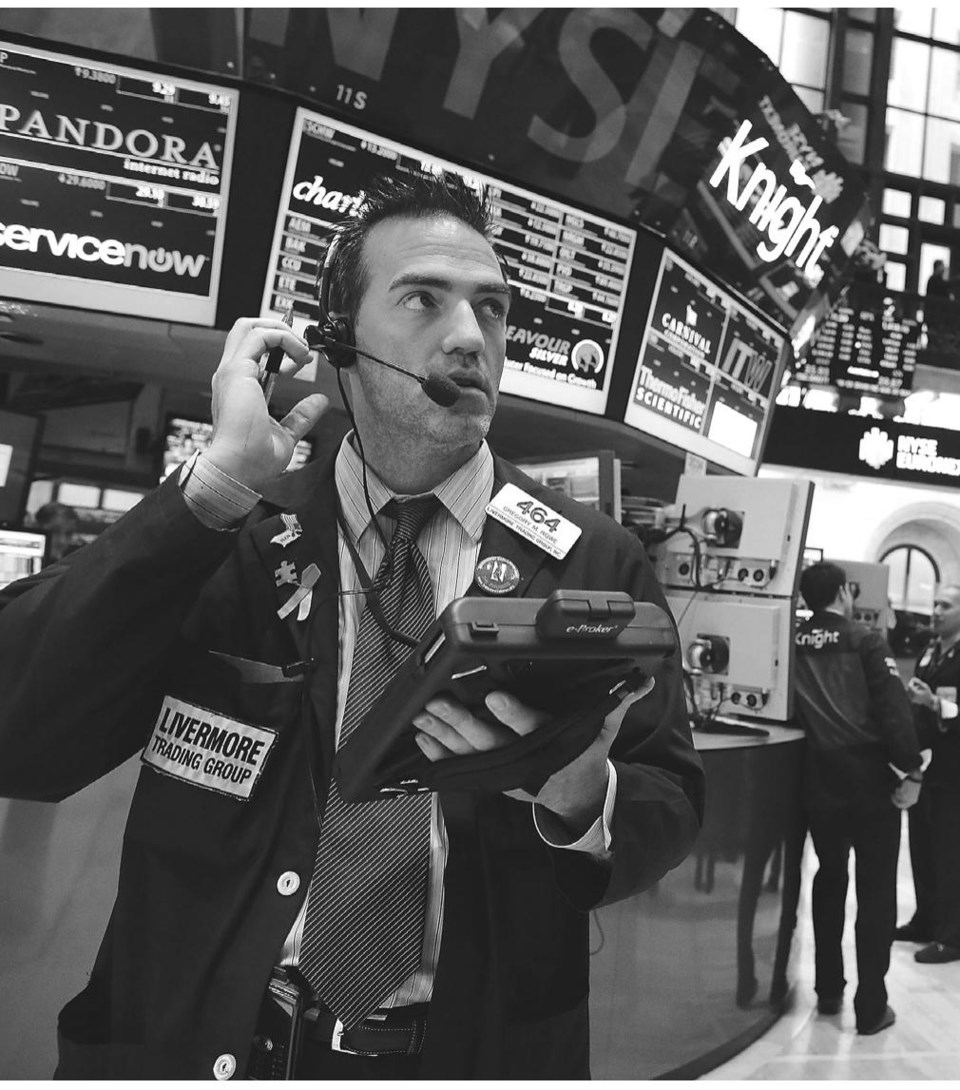The market for exchange traded funds has been on a tear and it isn't losing steam.
According to Credit Suisse, this could turn out to be the best year yet for ETF products, with a record $82-billion in net inflows through the first six months of the year. That puts the market on pace to challenge the $173billion of inflows accumulated in 2008.
Disillusioned by inconsistent returns and market volatility, many investors turned to ETFs as a way to diversify their portfolios and still participate in market upswings but on a more cost-effective, risk-adjusted basis.
ETFs offer full transparency, low fees, low transaction costs and tax efficiency.
Traditional ETFs, passively managed and closely replicating their respective indexes, are still the most popular.
Other varieties of ETFs have come to the market in recent years, including actively managed and leveraged products. Active management fills a need for some investors, while leveraged ETFs are only for those prepared to assume the risks of daily trading.
Actively managed ETFs take a tactical approach to portfolio management, with a designated portfolio manager in charge of the underlying holdings.
Although actively managed ETFs have benchmarks, the managers aren't bound by them. Rather, they have the freedom to adjust allocations and make investment decisions independent from their respective benchmarks. These ETFs suit investors who want tactical portfolio management, but they come with a cost.
According to Morningstar, the average fee for an actively managed U.S. stock ETF is 0.82% versus 0.49% for a passively managed U.S. stock ETF. Part of the higher fees can be attributed to the expense of having a portfolio manager, but greater transaction fees must also be factored in due to frequent trading and various other operating costs. Additionally, portfolio managers are generally paid a performance fee equal to 20% of the return earned above a certain benchmark.
Leveraged ETFs are designed to provide a return that is a multiple of an underlying benchmark on a daily basis. Many advertise performance of double (+/-200%) or triple leverage (+/-300%) the daily return of their underlying benchmarks, gross of expenses and fees. Investors are essentially betting on market movements by opting for either the bear or bull case.
These ETFs may achieve the advertised multiple of return on one-day changes in the benchmark price, but the revealing phrase is "one-day."
For the average long-term investor, expecting at least the approximate replication of an index, leveraged ETFs can be harmful. The mathematics involved in the leveraging, and the daily rebalancing, can cause results to diverge dramatically from indexes in timeframes longer than a day.
It may be tempting to delve into some of the new products, but it's the traditional or passive strategies that often outperform over the long run. According to Vanguard, only one out of 20 investors can build an active portfolio that outperforms the market index over a 20-year period.
Caution is the word of the day. Investors should have an in-depth understanding of how any new ETFs work and what they cost before devoting portions of their portfolios to them. If you don't understand the product, stay away.
Kim Inglis is an investment advisor and portfolio manager at Canaccord Wealth Management, a division of Canaccord Genuity Corp. The views expressed are her own.



